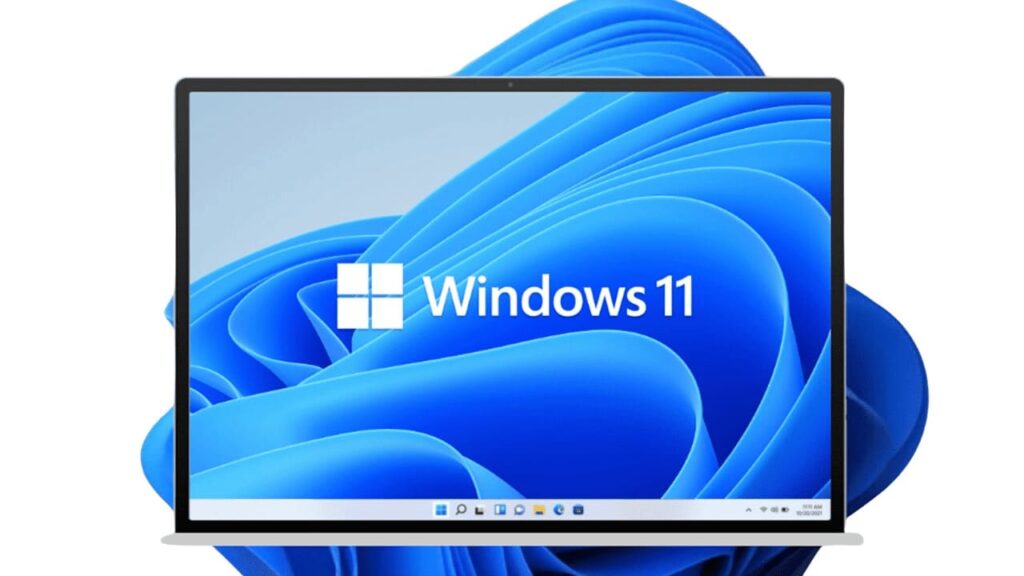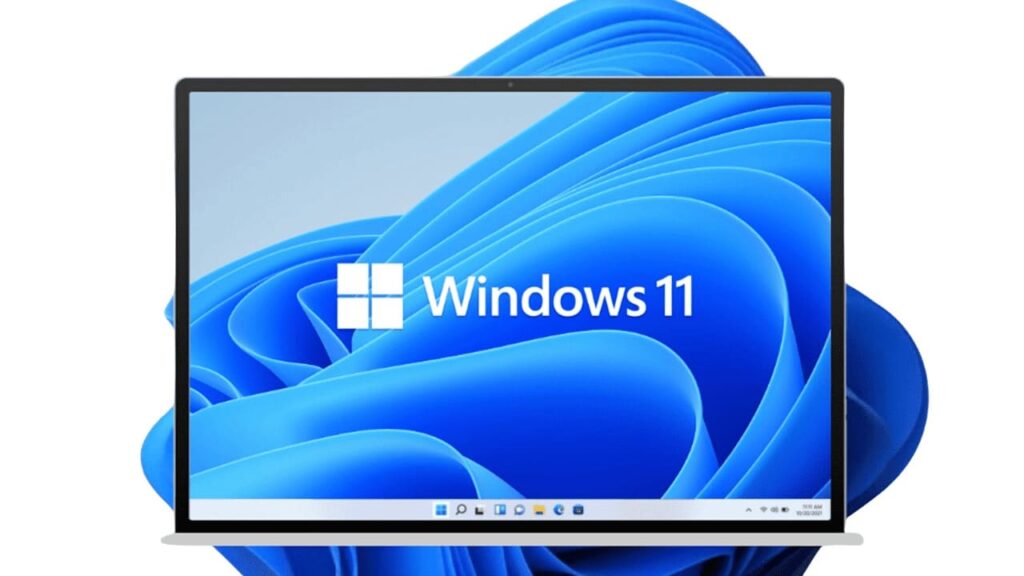Earlier this month, Microsoft announced the rollout of the latest Windows 11 update, version 24H2. This update brings several new features, including additional AI-powered capabilities, performance and security improvements, quality-of-life updates, HDR background support, and more.

Besides this, the Windows 11 update, version 24H2, also reduces installation time, restart duration, and even central processing unit (CPU) usage for monthly Windows updates.
Microsoft regularly rolls out monthly cumulative updates for Windows 11, both security and non-security, designed to bring new features or address security vulnerabilities. With version 24H2, the Redmond giant has fixed the update process, including parallel processing of components, optimized cache management, and scalable use of available random-access memory (RAM), making Windows 11 updates more efficient and much faster.
In the first test carried out by Microsoft, the monthly updates installation time is now up to 45.6% faster on a fully updated PC while consuming up to 15.3% less CPU. Restart times improved by up to 39.7%, as opposed to Windows 11 version 22H2, which has the same servicing stack as Windows 11 24H2.
In the second test, the company tested a virtual machine running the older 22H2 version of Windows 11 that hadn’t been updated for 18 months. The installation time is 43.6% faster, and it takes 33.5% less time to restart while consuming 25% less CPU.
“In summary, both tests showed that the newest Windows release uses less CPU time (a 15.3–25% improvement) for a monthly security update. The tests also showed that the update is even faster to install (43.6–45.5%) and to restart, which shortens the offline time (33.5–39.7%),” Microsoft wrote in a blog post on Tuesday.
Additionally, Microsoft has improved handling feature updates to Windows 11, version 24H2, thereby reducing download sizes for most endpoints by around 200 MB by extending conditional downloads to include Microsoft Edge.






